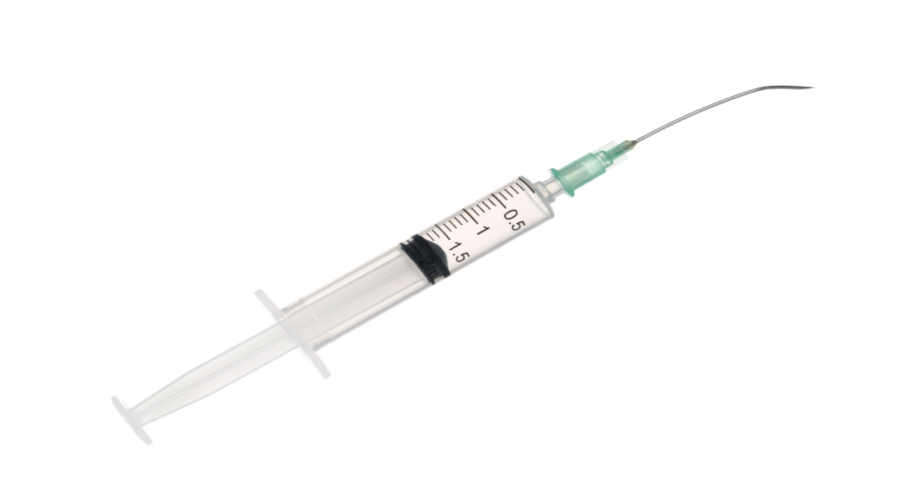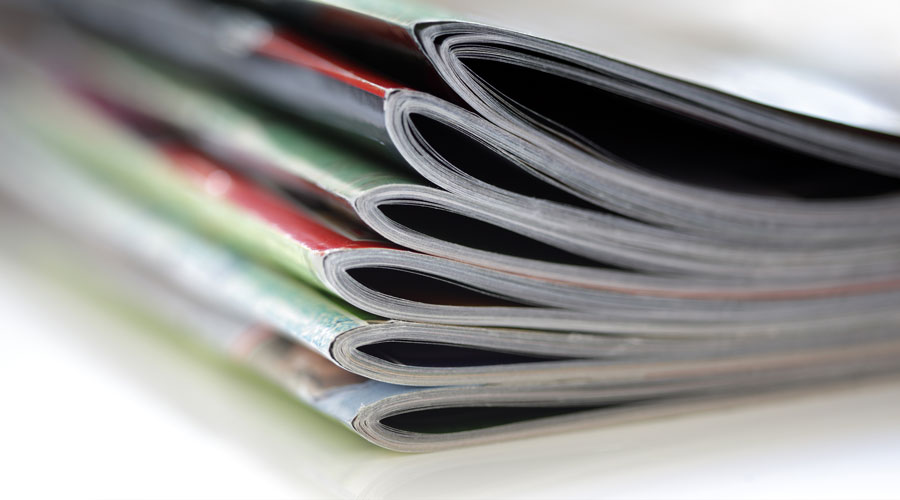Inside: A detailed budget will help you run a lean and efficient independent pharmacy.
You already keep a litany of different financial statements for your independent pharmacy, so you might think keeping a budget is overkill. But unlike your income statement or cash flow statement, your budget isn’t a record of your finances, it’s a prediction.
A budget is a tool you use to set realistic goals for your pharmacy and measure progress on those goals. It’s not only useful in helping you to decide how you spend money, but it also helps you determine how much money you need to make to reach your business goals.
If you’re planning on taking out a loan to grow your business, many lenders will want to see a budget to judge if you have realistic financial expectations.
How to approach budgeting
Budgets are based on the premise of giving every dollar a job. Essentially, every dollar in the revenue section of your budget should be given a job to do in your expenses section.
This isn’t an exact science, but by creating a simple budget, you’ll be able to see how your expectations for your finances differed from reality.
To forecast a budget, you’ll want to have your income statement and cash flow statement on hand. Most businesses create a year-long budget, and then break it down month-by-month.
Your accounting software probably has features to help you create a budget, but if it doesn’t, making one yourself in Microsoft Excel is very simple. You’ll have four columns. From left to right, you’ll list:
- Each of your budgeting categories
- Budgeted spending amount
- Actual spending amount
- The difference between budgeted and actual
A budget essentially looks like a bunch of line items, but these four simple columns will help you see where you’re doing well and where you need to try and trim the fat.
Your budget will break down into a few categories that help to paint a picture of your pharmacy’s financial health.
Revenue
Budgeting for revenue can be especially difficult because you have to predict how well your pharmacy is going to perform within the next year (or for whatever period you are budgeting for).
Luckily, you can look at your previous income statements to get a start. How your pharmacy performed in the past year is a good predictor of how your pharmacy will perform in the future, but it’s not an exact science.
In an ideal world, you want your revenue to improve year after year, but that doesn’t necessarily mean you should write those improvements into your budget. It’s ultimately better to be conservative than ambitious.
When you exceed your revenue budget, that’s a positive. It means that you are making more money than you planned to spend. On the other hand, if you are too optimistic, you may end up budgeting for expenses that you don’t have the revenue for.
To get a better understanding of where your money is coming from, you should break up your revenue budgeting category into subcategories. Include subcategories for:
- Revenue from prescriptions
- Revenue from OTC products
- Revenue from services
- Any other sources of income your pharmacy has
By divvying things up, you’ll be able to see in an instant if any of your revenue channels aren’t meeting expectations.
Fixed costs
The easiest part of creating a budget is predicting your fixed costs—because they always stay the same! At least over the short term.
Line items under fixed costs include:
- Rent
- Insurance
- Fees
- Debt payments
- Taxes
For other categories, your budgeted amounts and actual amounts are bound to vary from one another, but your fixed costs budget should be right on the money.
Variable costs
Your variable costs are expenses that you make regularly but don’t necessarily come out to the same amount every time.
Everything that goes under the umbrella “costs of goods sold” is considered a variable cost, including inventory, shipping costs, and the other fees you run into getting drugs onto pharmacy shelves.
Variable costs will also include expenses like utilities or your marketing budget, which fluctuate depending on the month.
To make estimations about what your budget should be in this category, you’ll want to take a look at the operations section of your cash flow statement. It will tell you what your variable costs looked like in the past year and will help you make a judgment about what they will be in the coming year.
One-time and surprise costs
Things wear out or need upgrades. For these kinds of purchases, create a budget category for one-time expenses. Many of these things can be predicted. If you had a large increase in prescription volume last year, you may know that it’s to upgrade your pharmacy with a dispensing robot. Or maybe your pharmacy shelves have seen better days, and you know it’s time to replace them.
By budgeting, you can plan for these expenses several months in advance instead of scrambling to pay for them when they turn from “wants” to “needs.”
In addition to these semi-planned one-time expenses, you also need to create a budget for the things that are impossible to budget for. It’s better to have a dedicated fund for emergencies than to try to take it out of another part of your budget. If your delivery vehicle breaks down and needs to be replaced earlier than you’d planned for, the contingency fund in your budget will have you covered.
How to stick to your budget
Now that you’ve created a budget, you need to stick to it. You can’t just set it and forget it.
The biggest key to success is consistently checking in with your progress. That means keeping track of all your revenues and expenses, which luckily, you’re already doing with your cash flow statement.
By always being aware of your budget, you’ll be able to quickly spot categories where you’ve overspent or come in under budget.
If there are categories that you are consistently breaking the budget in, it’s okay to make some changes and move around your planned expenses. By keeping your budget realistic, you’re more likely to stay on top of it. Just make sure that you don’t budget more in expenses than you can cover with revenue.
Follow the Series

This blog series is all about learning the essentials of pharmacy financials. Follow along as we discuss the ins and outs of the financial aspects of running a business.
Part 1: Financial Statements
Part 2: Balance Sheet
Part 3: Budgeting
Part 4: Financing
Part 5: Cost of Goods Sold
Part 6: Gross Profit vs. Net Income
Part 7: Accountant or Financial Planner: Who Should Manage Your Money?
A Member-Owned Company Serving Independent Pharmacies
PBA Health is dedicated to helping independent pharmacies reach their full potential on the buy-side of their business. Founded and run by pharmacists, PBA Health serves independent pharmacies with group purchasing services, wholesaler contract negotiations, proprietary purchasing tools, and more.
An HDA member, PBA Health operates its own NABP-accredited warehouse with more than 6,000 SKUs, including brands, generics, narcotics CII-CV, cold-storage products, and over-the-counter (OTC) products — offering the lowest prices in the secondary market.












